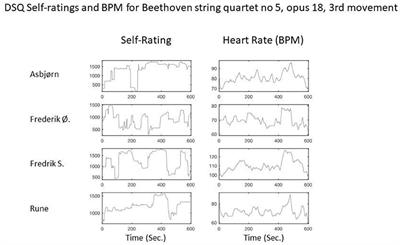Framing a Phenomenological Mixed Method: From Inspiration to Guidance

Despite a long history of researchers who combine phenomenology with qualitative or quantitative methods, there are only few examples of working with a phenomenological mixed method - a method where phenomenology informs both qualitative and quantitative data generation, analysis, and interpretation. Researchers have argued that in working with a phenomenological mixed method, there should be mutual constraint and enlightenment between the qualitative (first-person, subjective) and the quantitative (third-person, objective) methods for studying consciousness. In this article, we discuss what a framework for phenomenological mixed methods could look like and we aim to provide guidance of how to work within such framework. We are inspired by resources coming from research in mixed methods and existing examples of phenomenological mixed method research. We also present three cases of phenomenological mixed methods where we study complex social phenomena and discuss the process of how we conducted the studies. From both the research inspiration and our own studies, we depict the landscape of possibilities available for those interested in mixing phenomenology with qualitative and quantitative methods, as well as the challenges and common pitfalls that researchers face. To navigate in this landscape, we develop a three-fold structure, focusing on (1) the phenomenological frame, (2) the phenomenologically informed generation of qualitative and quantitative data (tier one), and (3) the phenomenologically informed analysis and interpretation of data (tier two). .
Read the full article at the original website
References:
